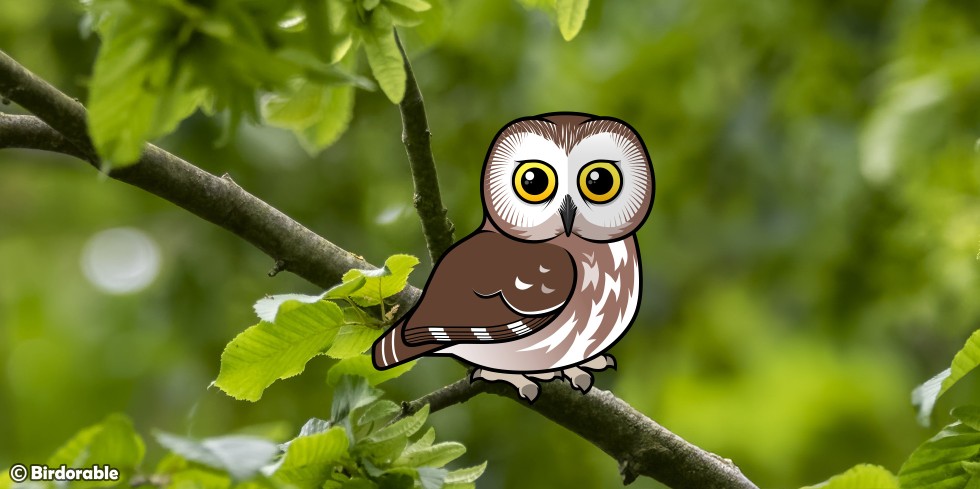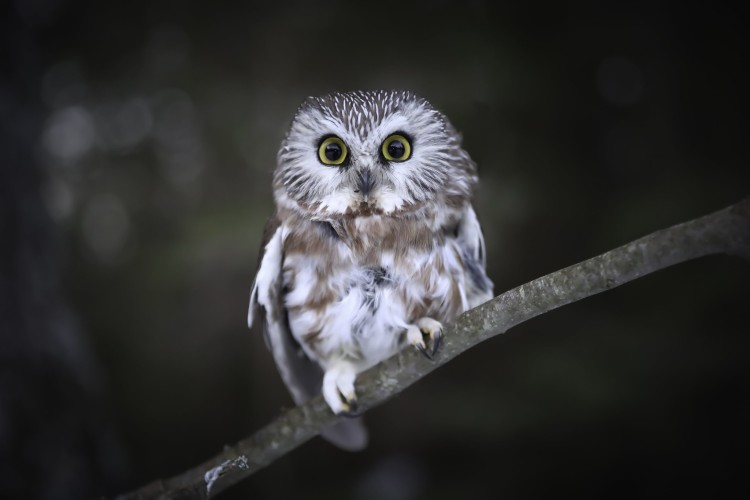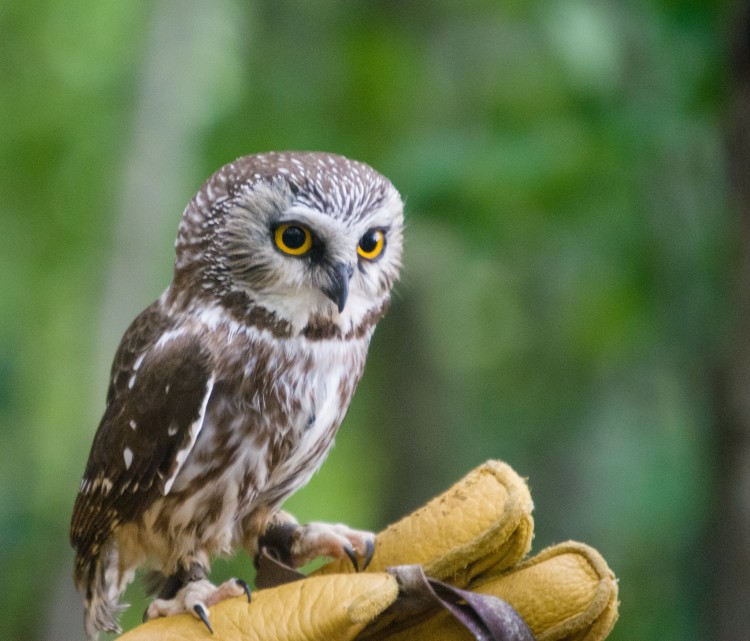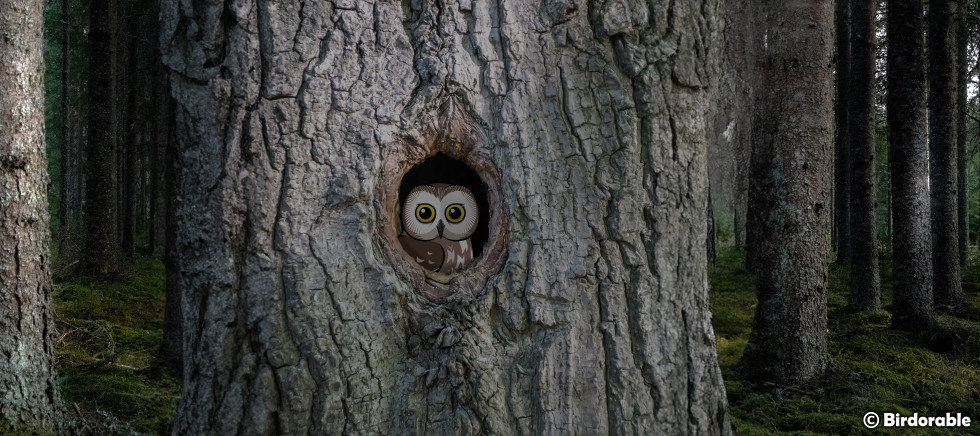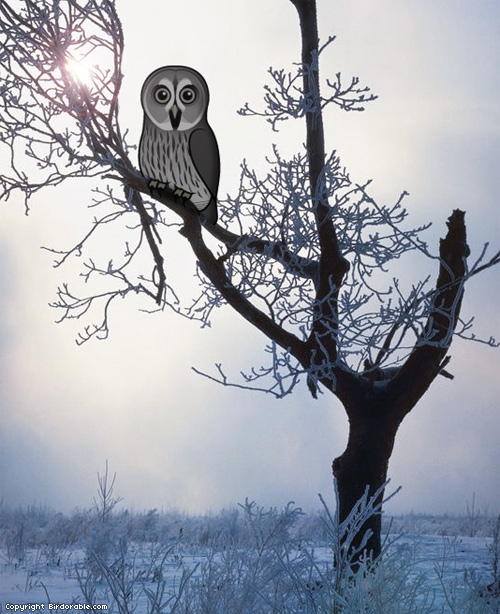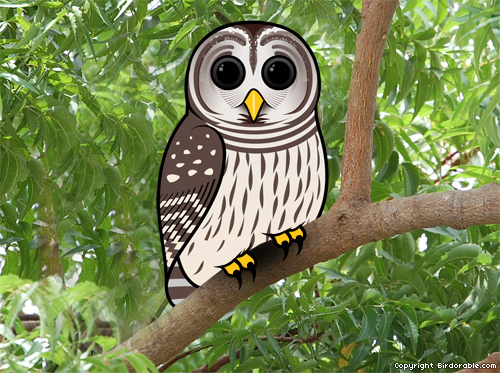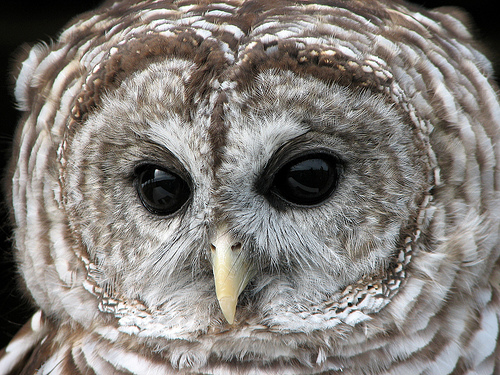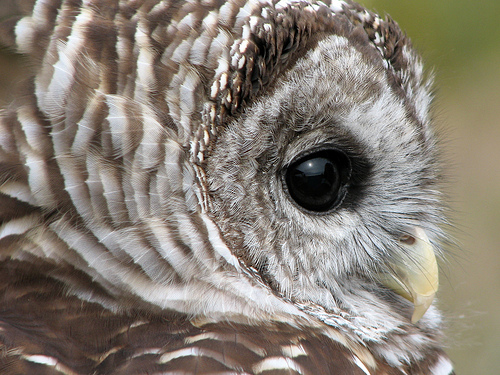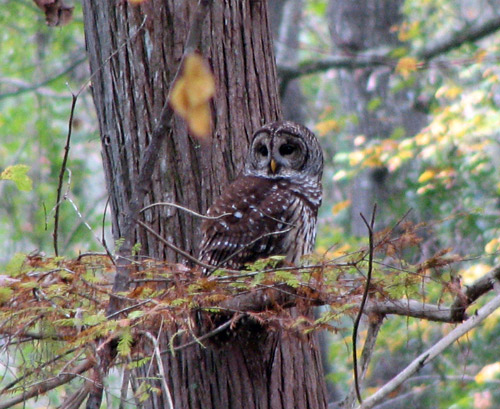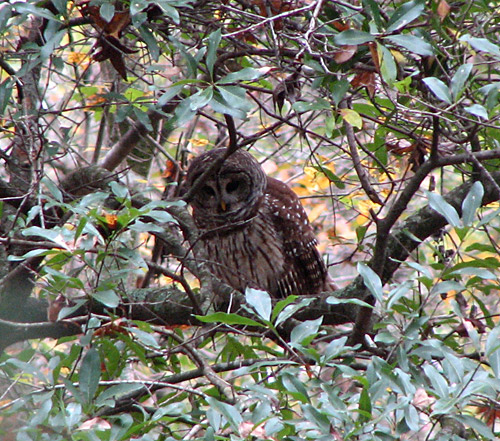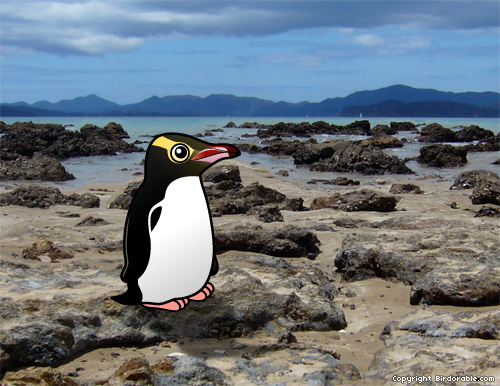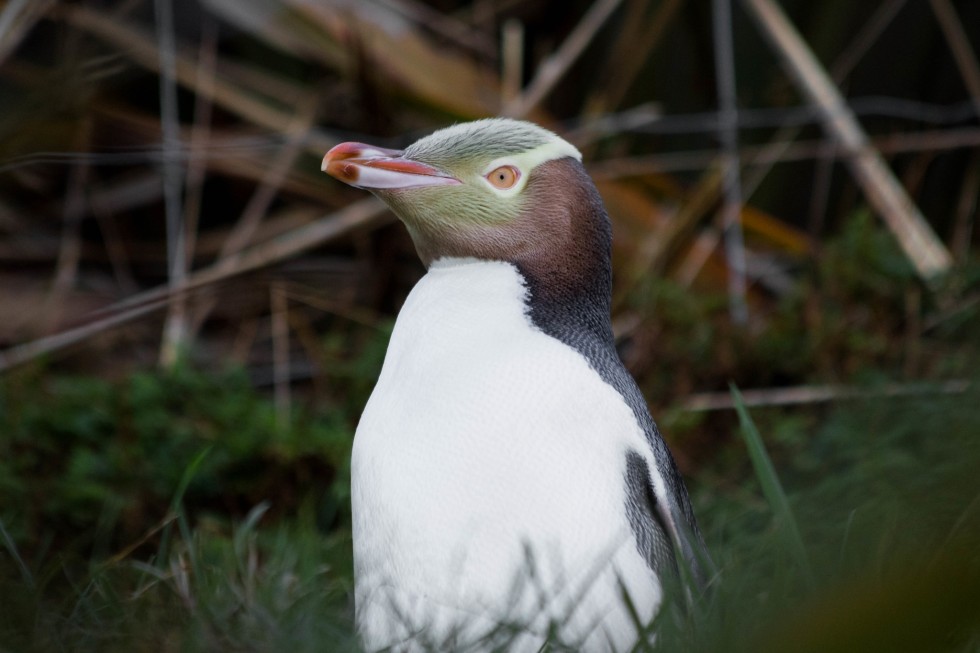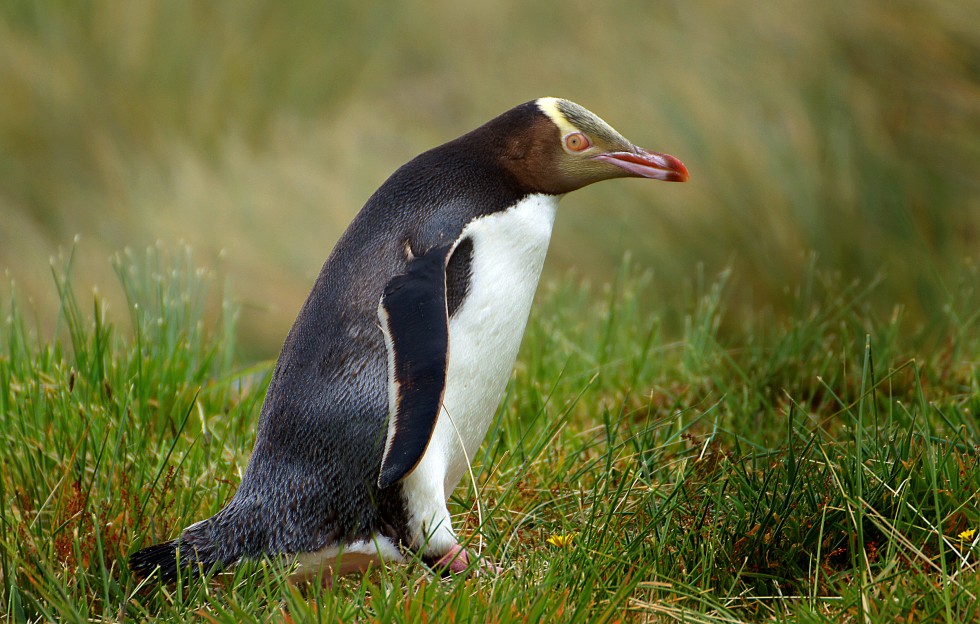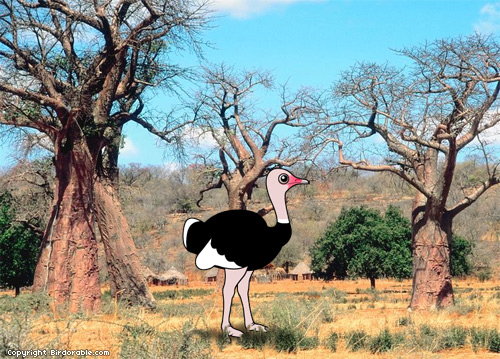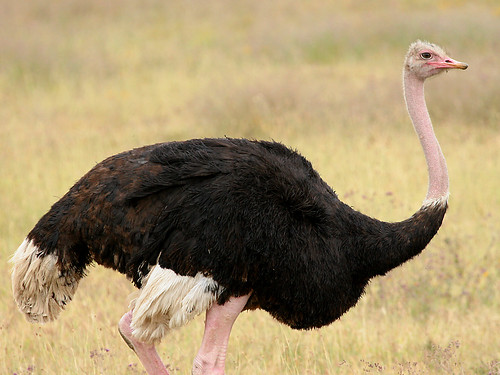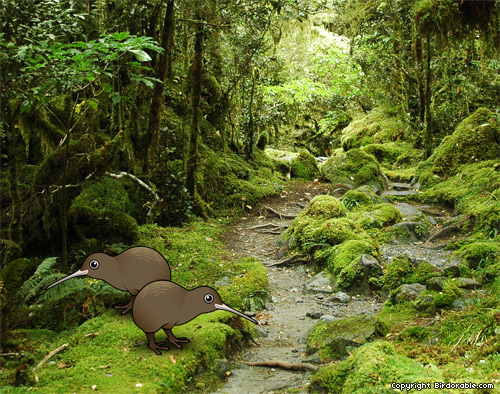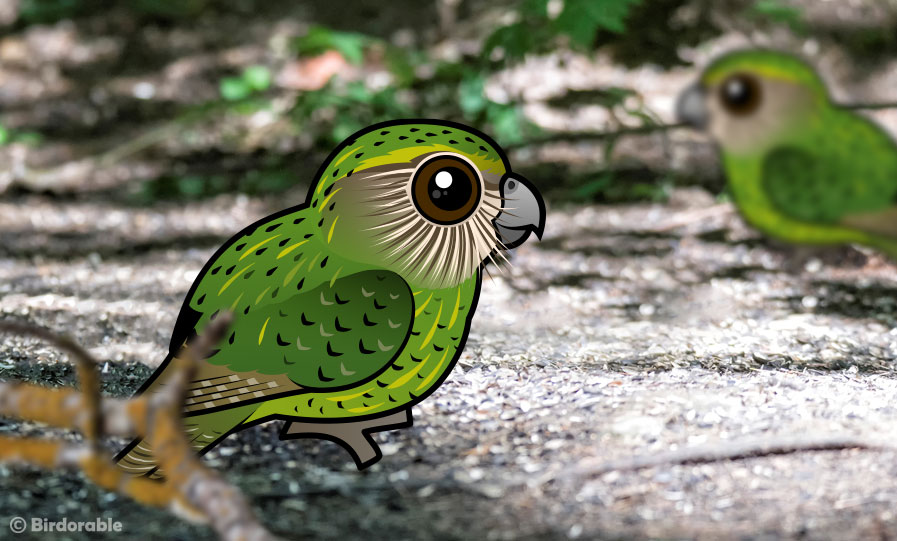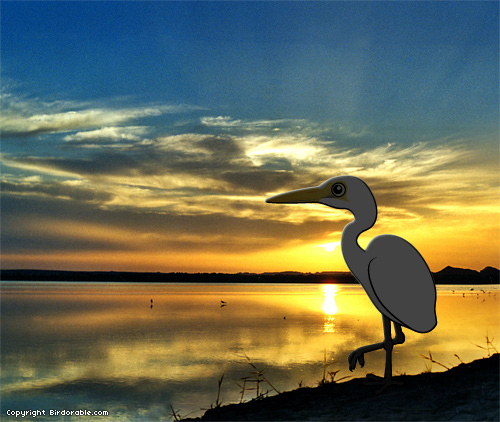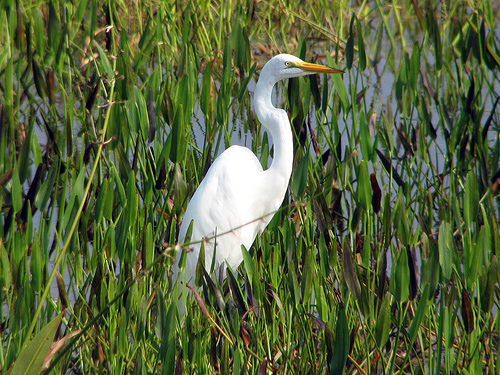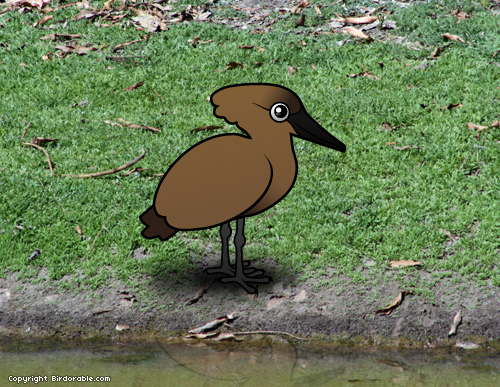
The first new Birdorable bird of 2010 is this Hamerkop, a bird that lives in sub-Saharan Africa. They get their name from their hammer-shaped heads and they are also known as Hammerhead Stork or Anvilhead. We saw these birds on our trip to the Gambia a couple of years ago and instantly fell in love with these little fellows. They have such a cute head and the large bill makes it look like they're always smiling. Check out this gorgeous one sporting a nice stick for its nest.
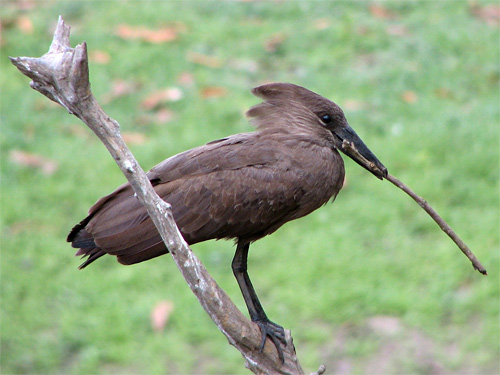
Talking about nests, these birds are famous for them. Their huge nests, often built in the fork of a tree, can grow to over 5 feet (1.5 meters) across and made with over 10,000 sticks! That's one busy bird! A Hamerkop's nest is strong enough to support a man's weight. The birds like to decorate the outside of their nest with bright-colored objects that they find in the area. We saw one of these large nests, which you can see in the following picture.
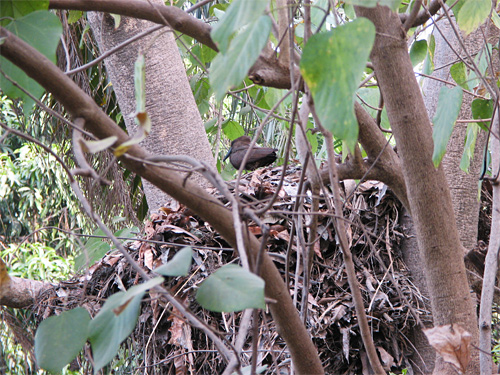
If you like our Hamerkop check out our other African birds. Another favorite of ours from our trip to the Gambia was the Egyptian Plover.


